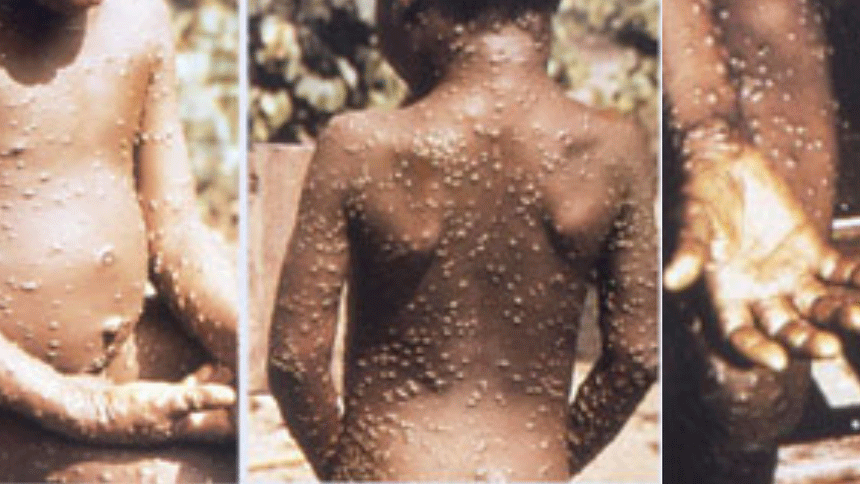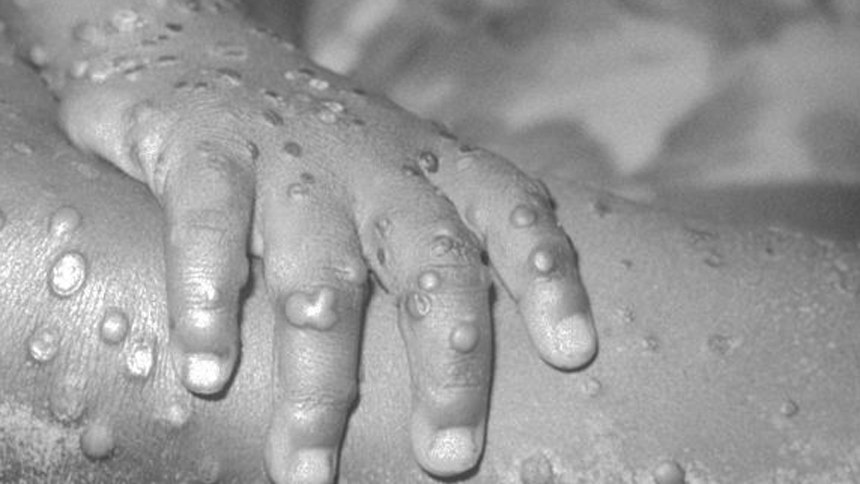“NOW Health” organizes 5 major questions and answers to help you understand how to prevent monkeypox upper body once.
A: According to the registration information of the Centers for Disease Control and Prevention, monkeypox virus was first discovered in monkeys for research in 1958, so the disease was named “monkeypox”. The earliest human infection with monkeypox virus was in 1970 in A 9-year-old boy in the Democratic Republic of Congo, and since then cases have been reported in remote areas of Central and West Africa near tropical rainforests.
Monkeypox virus belongs to Poxviridae family, Orthopoxvirus, which is mainly transmitted to humans by rodents and primates, and is a zoonotic infectious disease. Monkeypox viruses can be subdivided into Central African (Congo Basin) clades and West African clades. The Central African clades are more transmissible and severe than the West African clades, with a fatality rate of up to 10%, while the West African clades have a lethality rate of about 1% .
Following the eradication of smallpox in 1980, monkeypox became the most serious orthopoxvirus in existence. After the first case in the UK on May 7 this year, other countries in Europe and North America have successively reported confirmed cases.
A: There are currently 2 ways of monkeypox transmission:
▸ Zoonotic infection: Direct contact with the blood, body fluids, injured skin, mucous membranes of infected animals, or eating infected animals are all risk factors.
▸ Human-to-human transmission: Infection by contact with respiratory secretions, injured skin, mucous membranes, or contaminated items of an infected person. Scholars pointed out that it has not yet been determined whether monkeypox can be transmitted through sexual behavior, but according to the recent outbreak in Europe, the risk of virus transmission through close contact is extremely high.
Droplet transmission is more likely to occur in the context of long-term face-to-face contact, so medical staff and family members living with them have a greater risk of infection.

A: The clinical symptoms of monkeypox include fever, headache, extreme fatigue, muscle aches, chills, sweating, and swollen lymph glands (such as armpits, around the ears, neck, groin, etc.). Usually 1 to 3 days after fever, on the face, limbs and other body parts, skin lesions will appear in the stages of macules, papules, vesicles, and pustules. Symptoms of monkeypox can last from 14 to 21 days, and most recover within a few weeks, but children and immunocompromised people are particularly susceptible to severe disease, with complications including secondary bacterial infection, pneumonia, and sepsis.
A: Monkeypox symptoms usually resolve on their own without treatment. Treatment usually focuses on caring for the rash, keeping the rash dry and covering it with a dressing if needed. In addition, there are currently 2 monkeypox-related vaccines in the medical community as follows:
▸JYNNEOS: The U.S. FDA approved in 2019 a new vaccine made from a strain containing attenuated smallpox virus for the prevention of smallpox and monkeypox infections.
▸ACAM2000 (emergency investigational new drug): Currently approved by the US FDA for people at high risk of smallpox infection, it can also be used to prevent monkeypox infection, and for people at risk of infection, such as personnel in the laboratory, but it is not recommended at this stage. mass vaccination.
A: (1) Vaccination: Medical research has confirmed that the effectiveness of the smallpox vaccine to prevent monkeypox is 85%. (2) Reduce the risk of human and animal infection: try to avoid going to areas where monkeypox virus is endemic. When contacting rodents and primates, all food must be thoroughly cooked before eating. (3) Reduce the risk of human-to-human transmission: Avoid contact with monkeypox infected persons. If you have any suspected symptoms, you should seek medical attention in time, and inform your travel and contact history.
